Novelty of the project
- Novel sample collection mission architectures
- Improved understanding of the coupling between orbital dynamics and impact physics
- Preliminary design of an in-orbit particle collection device
Timeline of the project
Progress
0%
Start
End



